Navigating the 2025 New Zealand School Holiday Calendar: A Comprehensive Guide
Related Articles: Navigating the 2025 New Zealand School Holiday Calendar: A Comprehensive Guide
Introduction
With great pleasure, we will explore the intriguing topic related to Navigating the 2025 New Zealand School Holiday Calendar: A Comprehensive Guide. Let’s weave interesting information and offer fresh perspectives to the readers.
Table of Content
Navigating the 2025 New Zealand School Holiday Calendar: A Comprehensive Guide
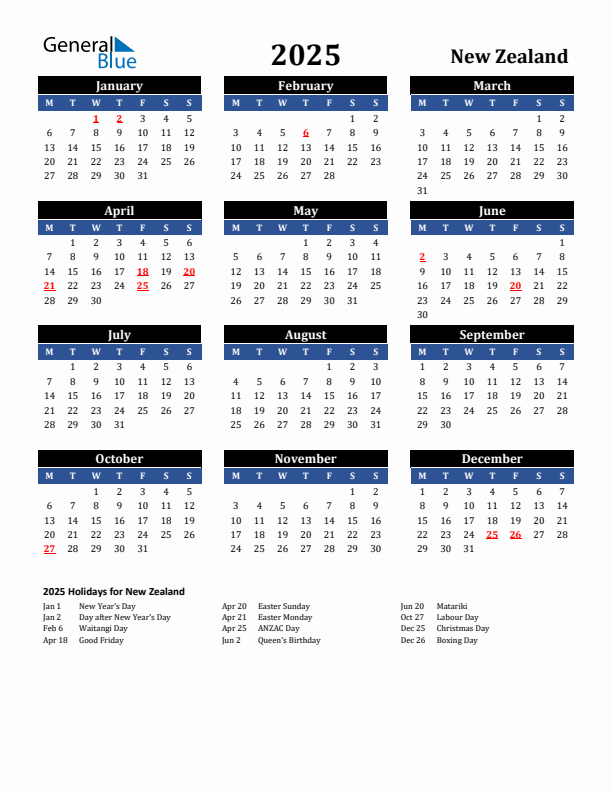
The New Zealand school holiday calendar plays a significant role in the lives of families, educators, and the tourism industry. It dictates the rhythm of learning, provides opportunities for leisure and travel, and influences the flow of economic activity. Understanding the dates of these breaks is essential for planning ahead, whether it be for family vacations, educational excursions, or simply managing the ebb and flow of daily life.
Understanding the Structure
New Zealand’s school holiday calendar is organized into four main periods:
- Term Breaks: These breaks occur between the academic terms, providing students with a period of rest and rejuvenation.
- Mid-Year Break: This longer break typically falls in the middle of the year, offering families an extended opportunity for travel or other activities.
- Christmas/New Year Break: This extended break encompasses the festive season, allowing for family gatherings and celebrations.
- Public Holidays: While not technically part of the school holiday calendar, public holidays can often overlap with term breaks, extending the time off for students and families.
2025 School Holiday Dates
While the exact dates may vary slightly depending on the region and specific school, the general schedule for 2025 is as follows:
Term 1:
- Start Date: Late January/Early February (Exact dates vary by region)
- End Date: Late April/Early May (Exact dates vary by region)
Term 2:
- Start Date: Late May/Early June (Exact dates vary by region)
- End Date: Late July/Early August (Exact dates vary by region)
Mid-Year Break:
- Start Date: Late July/Early August (Exact dates vary by region)
- End Date: Late August/Early September (Exact dates vary by region)
Term 3:
- Start Date: Late August/Early September (Exact dates vary by region)
- End Date: Late November/Early December (Exact dates vary by region)
Term 4:
- Start Date: Early December (Exact dates vary by region)
- End Date: Mid-December (Exact dates vary by region)
Christmas/New Year Break:
- Start Date: Mid-December (Exact dates vary by region)
- End Date: Late January/Early February (Exact dates vary by region)
Public Holidays:
- New Year’s Day: January 1st
- Waitangi Day: February 6th
- Good Friday: April 18th
- Easter Monday: April 21st
- ANZAC Day: April 25th
- Queen’s Birthday: June 1st (Observed on the first Monday of June)
- Labour Day: October 26th (Observed on the fourth Monday of October)
- Christmas Day: December 25th
- Boxing Day: December 26th
Importance of the School Holiday Calendar
The school holiday calendar is a vital tool for:
- Family Planning: Families can plan vacations, trips, and other activities around these breaks, ensuring time for shared experiences and bonding.
- Tourism Industry: The school holiday periods represent peak season for tourism in New Zealand, driving economic activity and supporting local businesses.
- Education System: The breaks provide students with time for rest, relaxation, and exploration, fostering a balanced learning environment.
FAQs
Q: Where can I find the exact dates for my region?
A: The most accurate information can be found on the website of your local school board or the Ministry of Education.
Q: Are the dates subject to change?
A: Yes, the dates may vary slightly from year to year, so it is always advisable to check the official calendar closer to the time.
Q: What are the implications of these dates for working parents?
A: Working parents may need to arrange childcare during these breaks, particularly for longer periods like the mid-year break and the Christmas/New Year break.
Q: Are there any resources available to assist with planning?
A: Many websites and travel agencies offer information and resources for planning vacations and activities during the school holidays.
Tips for Planning
- Plan Ahead: Booking flights, accommodation, and activities in advance is crucial during peak season.
- Consider Off-Peak Travel: Travelling during the less busy periods can often result in lower prices and less crowded attractions.
- Explore Local Options: There are many exciting activities and attractions available within your own region.
- Engage in Educational Opportunities: The holidays can be a great time for learning through museums, science centers, and other educational experiences.
- Take Advantage of Free Activities: Many parks, beaches, and community events offer free activities and entertainment.
Conclusion
The New Zealand school holiday calendar is an integral part of the nation’s social and economic fabric. By understanding the dates and utilizing the resources available, families, educators, and businesses can effectively plan and navigate these periods, maximizing the opportunities for learning, leisure, and growth.

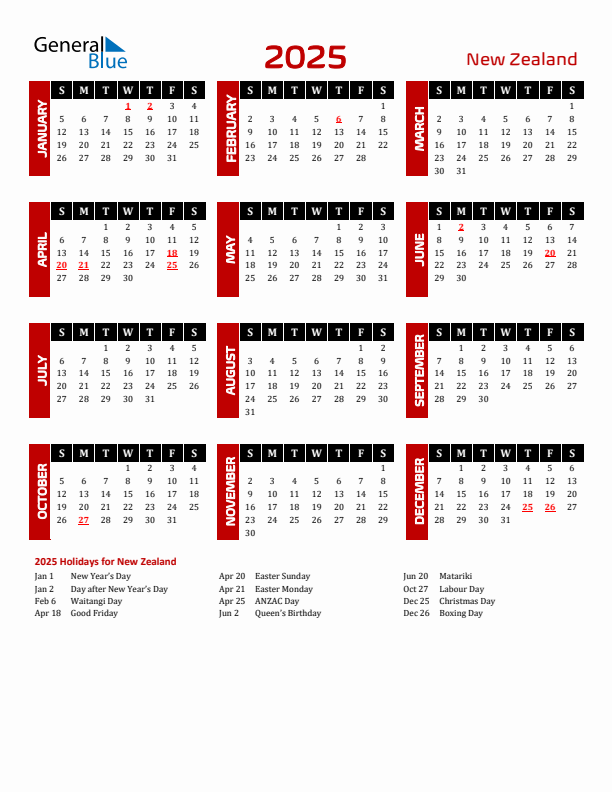
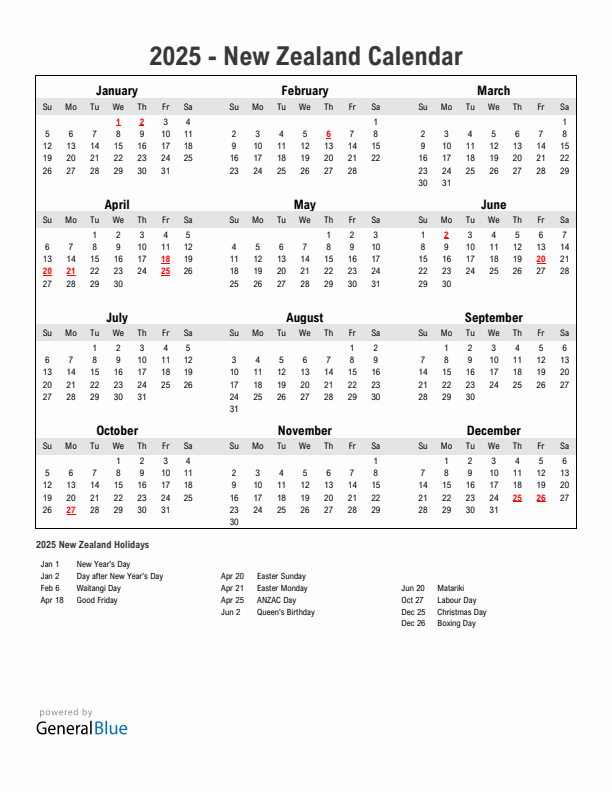
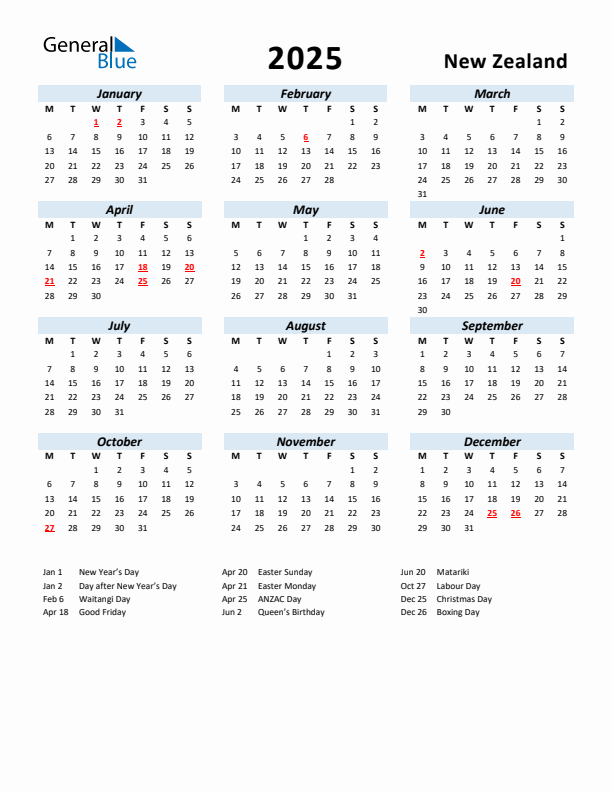
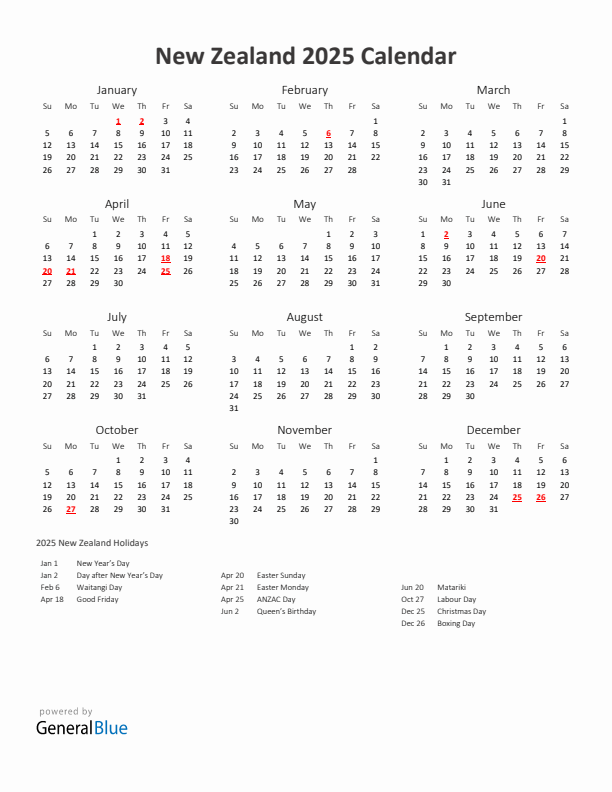

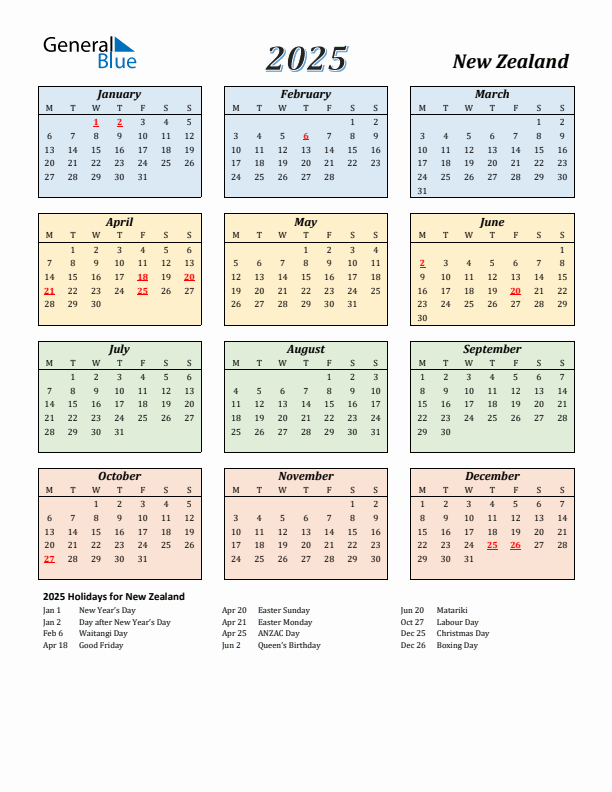

Closure
Thus, we hope this article has provided valuable insights into Navigating the 2025 New Zealand School Holiday Calendar: A Comprehensive Guide. We thank you for taking the time to read this article. See you in our next article!